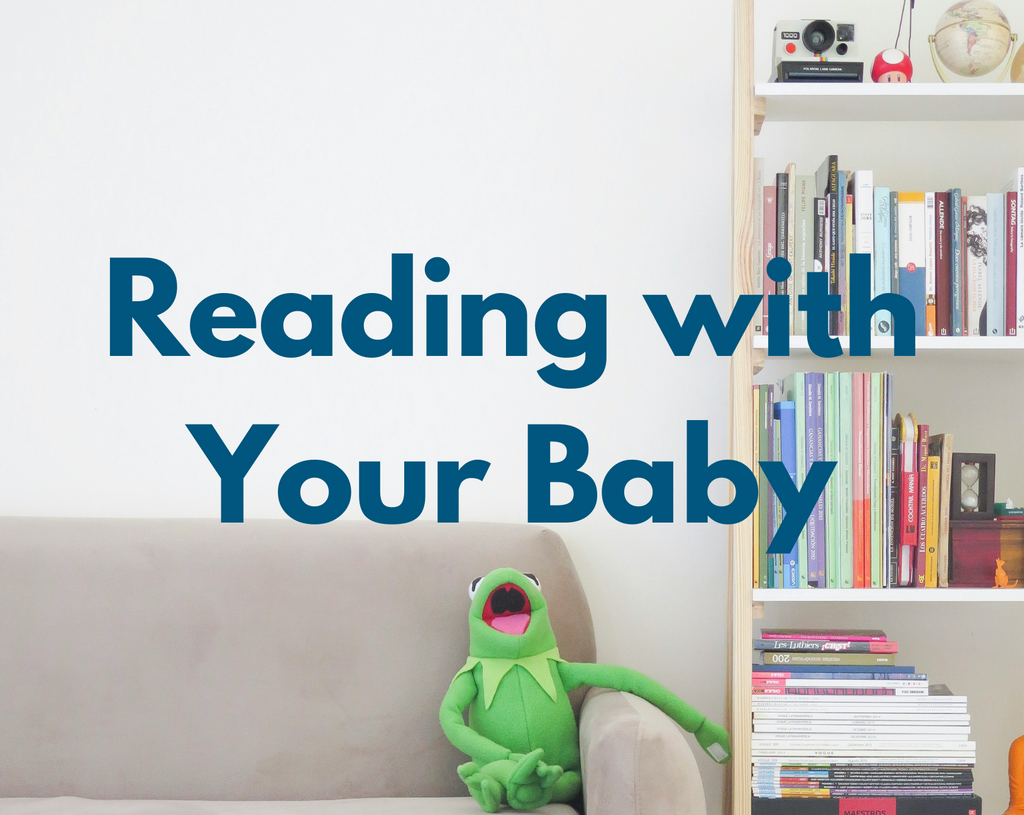
Hello, February! Did you know this month is “I Love To Read Month”? (September is another literacy awareness month, but really—shouldn’t every month promote reading?)
There is a lot of science on the importance of reading to infants, toddlers, and young children. We’ll take you through these benefits. Additionally, read on for general tips on reading to your little ones and some guidelines for picking the most age-appropriate books.
The importance of reading aloud with your baby:
When you read to your newborn, infant, or toddler, you are exposing them to a variety of new words and to increasingly complex language. When they start speaking, they utilize these building blocks. And when they start reading on their own—same thing.
There is a lot of research to back up the benefits of early reading exposure on language and cognitive development. A 2019 study found that when parents read one picture book daily to their infants, the children were exposed to ~78,000 words each year. Researchers also estimated that, in the first five years of life, children from literacy-rich homes hear about 1.4 million more words during storybook reading than children who are never read to.
Babies can pick up on the tone of the book when you read to them. If you’re frowning during a section or reading something with a light-hearted tone or a smile, they are slowly learning to associate certain emotions and reactions with certain situations, building up their emotional intelligence.
And when they’re older and understand the plots of books better, books can help them process their feelings. When they see a character crying, they understand that other people cry, just like them—that such emotions are normal. Parents can encourage these emotional skills by asking their children pointed questions about the characters’ and their own feelings while reading (have you ever felt sad like the girl in the story?).
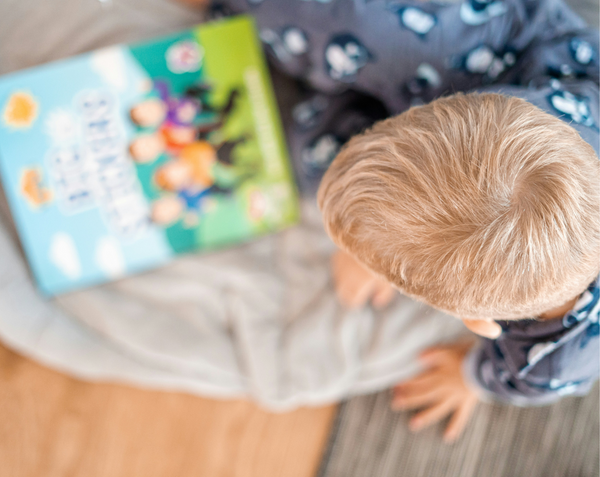
In their first three months, babies start focusing their eyes on simple patterns, so when you read picture books to newborns, showing them a variety of shapes, letters, and colors, they’re learning those shapes, letters, and colors. And in the next months, they’ll increasingly remember them.
Reading in general promotes knowledge absorption. When you read a book about zoo animals, your child is actually learning about zoo animals. With more general knowledge—whether it’s about animals or another topic—our little ones, by the time they go to school, have more context for the information they encounter there. And with that, they have an easier time learning new topics.
Reading together while snuggling not only promotes a strong bond between you and your child—but it also helps your little one positively associate reading. They also hear the sound of your voice, which is comforting to them.
Infants, and especially toddlers, thrive on routines, so instead of getting stressed at “oh no, I need to add reading aloud as another thing to do with my baby,” add reading to an established routine—to help that routine. For instance, try reading to your little one at bedtime, helping them associate the two.
When you read to them at a young age, they’re learning that reading is an enjoyable, positive experience. With that, when they’re older and more independent, they’ll be more likely to want to read on their own.
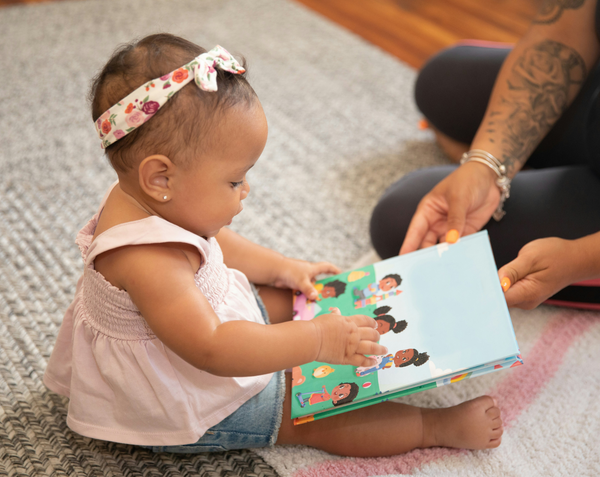
Overall tips:
You don’t have to wait until your little one is a toddler or even older. You can read to your newborn. This will help you establish the routine and kickstart all the above benefits.
Even after your little one is “old enough” to read on their own—when they’re in grade school, for instance—still read to and with them. The cognitive, emotional, and social benefits persist.
Furthermore, children often enjoy hearing books a bit above their reading level, so read them a chapter book before they’re able to.
You don’t have to read for long. And in fact, toddlers won’t sit through a long story. For older babies with short attention spans, just read for a few minutes each day. And as you read to them, pay attention to their engagement level. Take a break when their eyes wander away, when they yawn, etc. Or let them roam around as you continue to read to them. Often, they’ll come back to you.
Part of what they’re learning is listening, but it takes time for children to develop an understanding of communication, so be patient if they seem to quickly lose interest.

When your baby is a toddler, let them pick the book, hold it, and turn the pages. Ask them questions throughout.
A good question for a young toddler is a basic plot question (why is the rabbit hiding behind the tree?).
A good question for an older toddler is more abstract and connects to their own life (what do you think is going to happen next? how does this make you feel?).
Also, be prepared with toddlers to read the same book over and over again. This age group likes the repetition, which helps them master language skills.
This might mean letting them gnaw on its edges while you read or letting them grab the book.
Most experts agree that children gleam the most benefits from reading physical books.
Pick a comfy chair for your ”reading chair.” Snuggle with your child while reading. Silence your phone and put it away. Turn off the TV. Use an expressive voice when reading and, when they’re older, stop and ask questions throughout the book.
While we at Amara are 100% supportive of buying your child all the books you/they want, books add up $$-wise. So, for budget purposes, remember to patronize your local library. (Libraries also host children’s story times/hours—check those out, too!)

Best kinds of books per age:
For 0-3 months:
Read them whatever you’re reading. If you’re reading War and Peace and loving it, read it aloud to your baby. At this young age, you’re just trying to expose them to the basics of language and the sound of your voice.
For 3-6 months:
Go with chunky board books that are easy to hold. Or soft books with lots of fabrics and textures. Or a vinyl bath book. Pick books with lots of bold black-and-white images, brightly colored photos, and/or big pictures.
For 6-9 months:
Cardboard books—with short, simple stories and lots of colorful pictures—are your friend at this age.
For 9-18 months:
You can incorporate books with more words at this time—but we still recommend picking books with simple stories. Read books with rhyming or repeating phrases as these often grab a toddler’s attention. This age group also appreciates books with images of familiar objects, especially animals and other babies.
For 18-24 months:
Your baby is ready for longer stories with more complex plots.
For 24-36 months:
Now is the time to introduce books with engaging (and humorous) plots. Nonfiction books can be a big hit with this age group, too.
Don't forget the snacks!

We at Amara care about early literacy because—as a baby and toddler food company—we care about children’s health and development. That’s why Amara’s baby blends and toddler snacks have no additives, are 100% non-GMO and organic, and are made from only a few—very real, very transparent—ingredients. We want to offer babies the best of nutrition. That way, their little minds are powered to learn words and expressions and pick up all the benefits of early-age reading!
Any reading tips to share with other parents and caregivers?
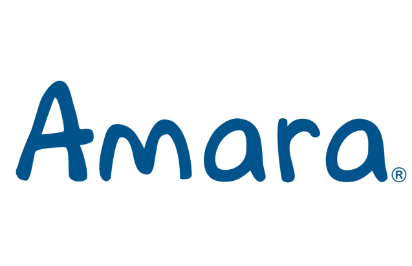


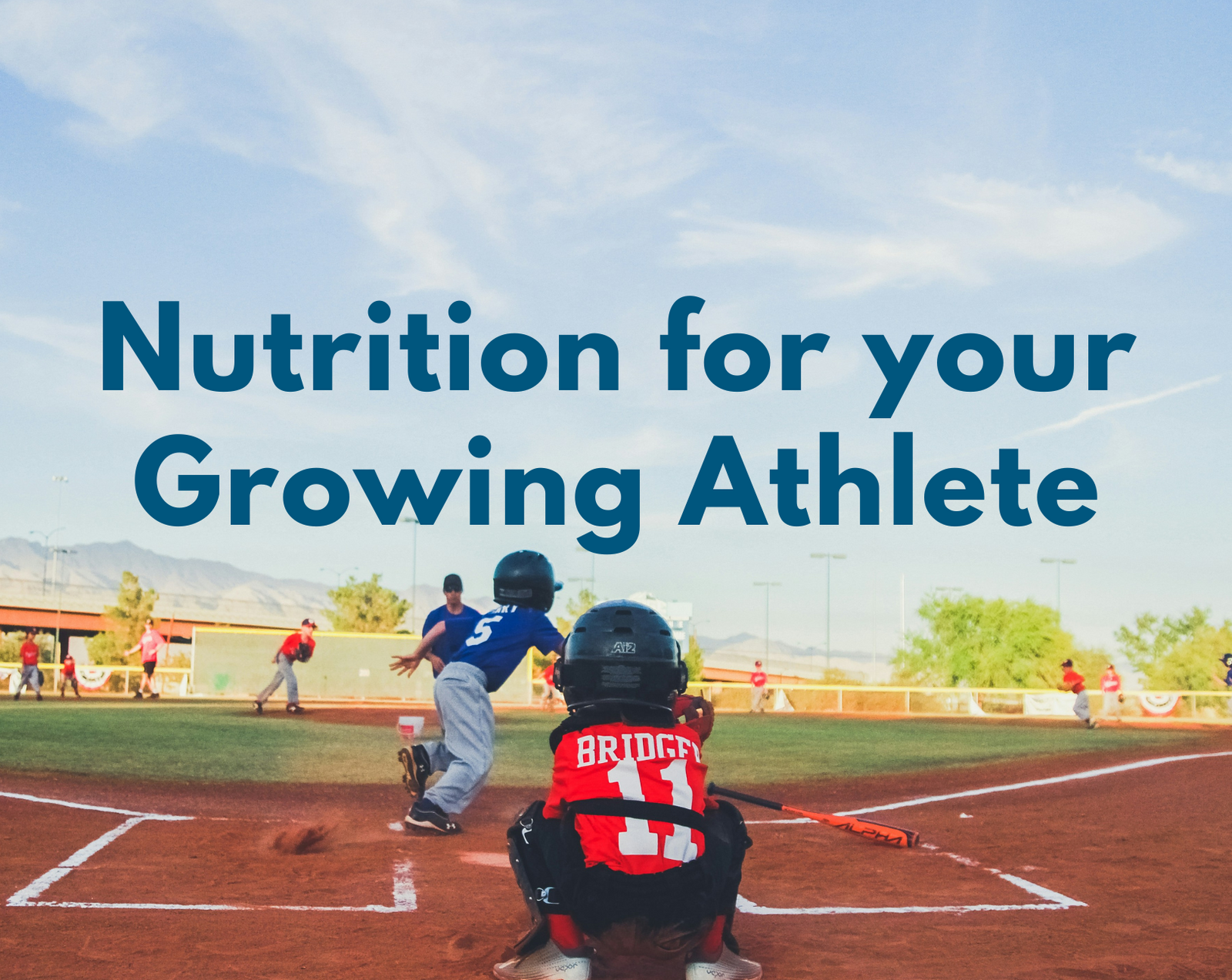

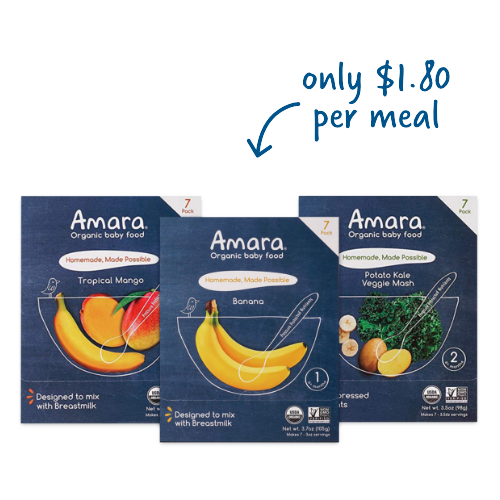
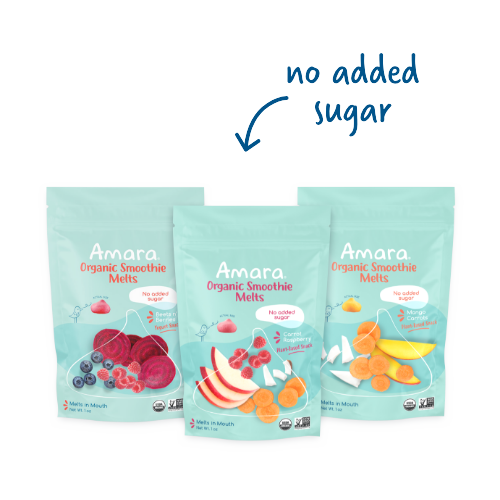
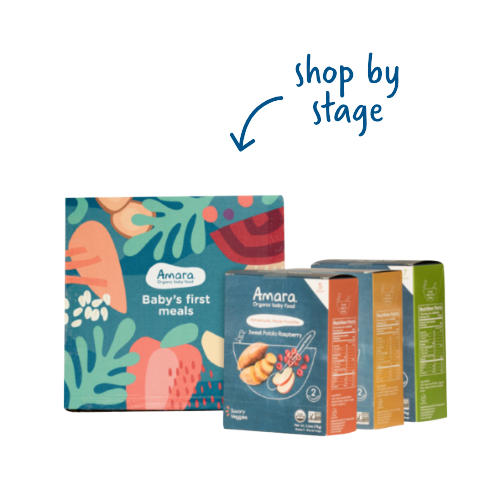
Leave A Comment